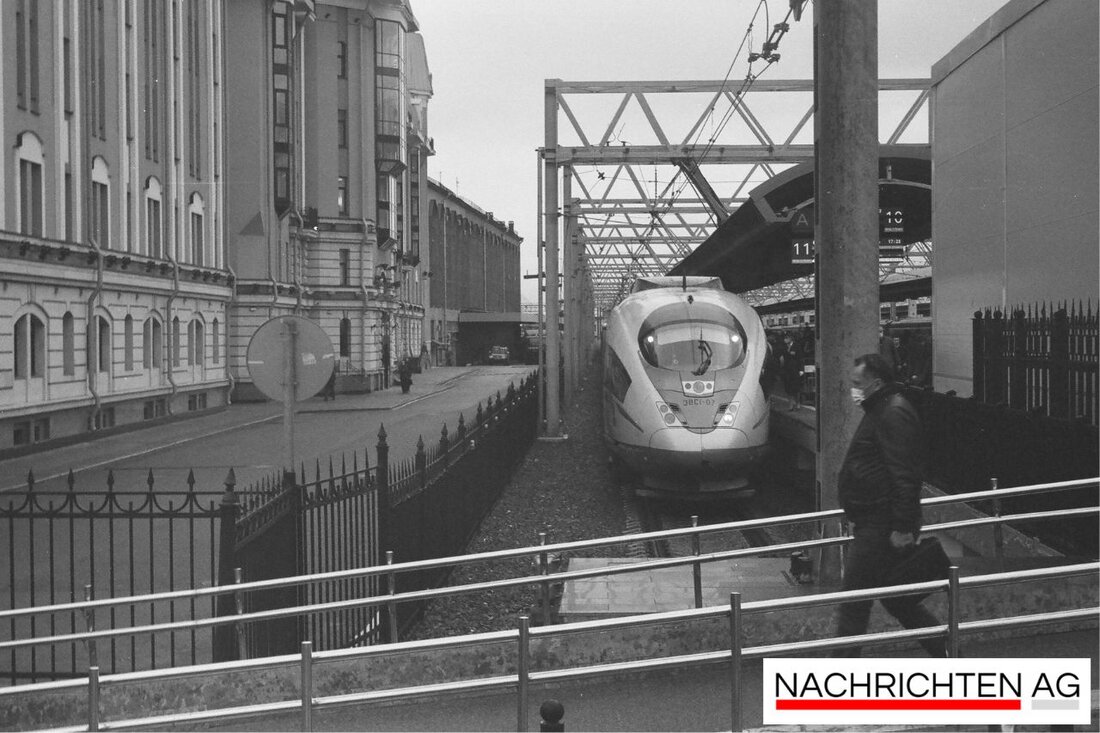Discover the hidden treasures of the Hanseatic cities in Germany!
Discover the fascinating history of Germany's Hanseatic cities, from historical trading places to modern attractions.

Discover the hidden treasures of the Hanseatic cities in Germany!
The history of the Hanseatic League is a fascinating chapter in European trade history that goes back to the 12th century. It was one of the most powerful associations of merchants and cities that aimed at the protection of merchants and their crossings. In the course of the time, from the 17th century, the Hanseate developed into a city and dealer association that promoted the common economic interests of those involved. Over 200 cities were temporarily part of this important league, which exerted an immeasurable influence on economy, trade and politics in northern Europe. The catchment area of the Hanseatic League was by no means small: it stretched from Portugal to Russia and from the Mediterranean to Finland. Commercial accounts in Novgorod, Bruges, London and Bergen testify to the extensive networking of the Hanseatic cities until the end of the 17th century, when the influence of the Hanseatic League declined and it gradually lost importance, such as [Hanse.org] (https://www.hanse.org/de/staedtebund/die-- hanse)) describes.
Today, business associations and unions have taken on many of the original tasks, but the historical context remains alive. Municipalities in Germany are increasingly striving for the title "Hanseatic City" to position themselves for tourism and to take part in the historical "Hanseatic Day". In this context, cities such as Hannover, Uelzen, Stade and Buxtehude have received the title. Around 100 German cities, including the best known such as Hamburg, Bremen and Lübeck, are part of this association and benefit from the associated marketing.
A look at the Hanseatic Cities
Not only the big Hanseatic cities, also numerous smaller places have retained their charm and history. For example, Haltern am See is historically significant as a trading center in the 16th century. Here visitors can explore sights such as the town hall of 1577 and the Roman Museum. Uelzen, as a commercial city since the 14th century, also attracts the Gothic St. Marien Church and the Hundertwasser station. The old town offers hiking and bike paths that invite you to discover the area. Other cities such as Mühlhausen, Tangermünde and Osterode are further examples of places where the Hanseat Reisereporter is documented.
Bremen is one of the smallest federal states in Germany, but offers a variety of sights that captivate every visitor. The impressive statue of the Roland and the Gothic town hall, both UNESCO World Heritage Site, are just a few of the highlights. In the vicinity of the famous Bremen city musicians, Germany's only Ratskeller can be found that serves exclusively domestic wines. In addition, the creative Schnoor district has been titled as the "coolest" place in the world. Here you can stroll comfortably and be enchanted by the unique atmosphere, as well as the Germany Travel summarizes.
Lüneburg, another important Hanseatic city, owes its wealth to the salt, which was historically dismantled here. The German Salt Museum tells the impressive history of this white gold and its effects on the region. The old town is peppered with over 1,300 brick houses, impressive churches and a magnificent town hall that testify to the heyday of the Hanseatic League.
On a journey through time between monuments, old town alleys and lively marketplaces, these cities invite you. The influence of the Hanseatic League may be faded, but their inheritance is still alive. If you have the opportunity to visit one of the Hanseatic cities, you can look forward to a journey into a rich, cultural past.

 Suche
Suche
 Mein Konto
Mein Konto